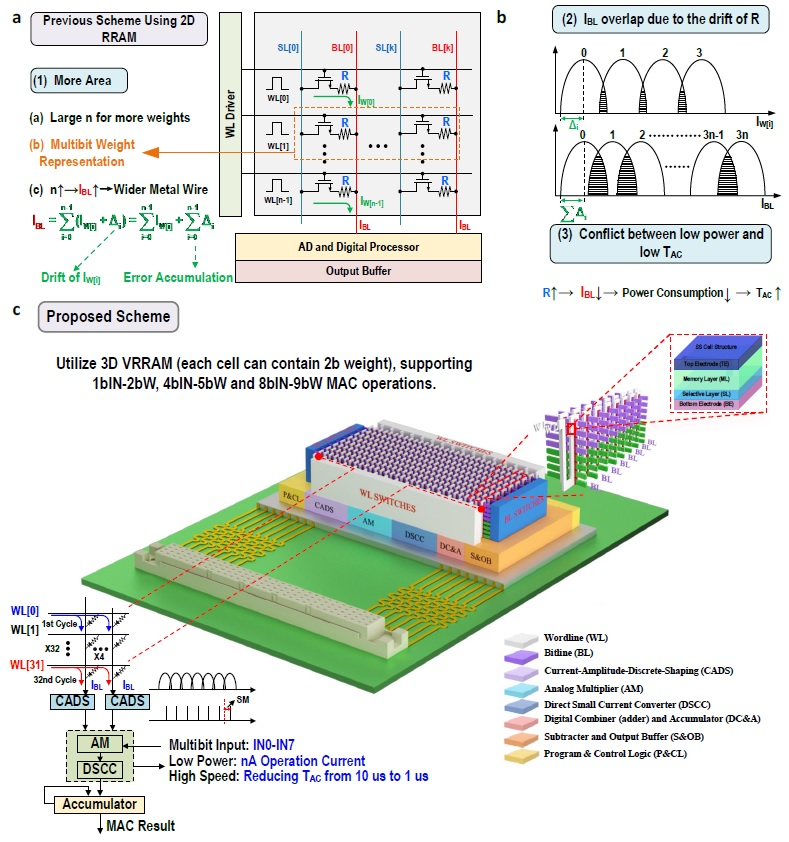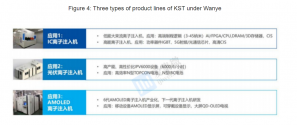A followup to ....
I advise Yoon to be extremely careful about joining Chip 4, even with exemptions. If he does sign the Chip 4 treaty, the Americans could simply ignore the exemptions and force the Koreans to obey every word of the treaty, especially the anti-China sanctions. Yes, that would be a very dirty thing for the Americans to do. But as we all know, the US is non-agreement-capable. If the US chooses to play dirty, what could Yoon do? Nothing.So the US will loudly announce the success of the Chip 4 alliance -- see, even the South Koreans are on board -- and not say that most of the key provisions have been gutted. Yoon would probably love to kiss Uncle Sam's smelly feet, but his country's semiconductor companies are gagging on the odor. I see the exemptions as a face-saving way for Yoon to join Chip 4 without suffering much.



